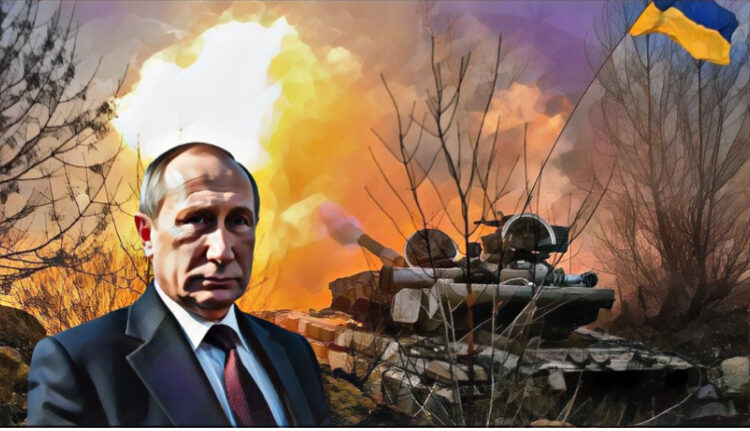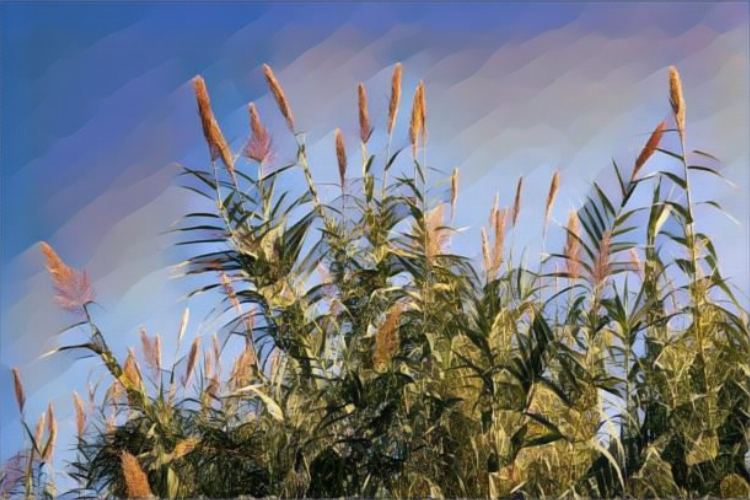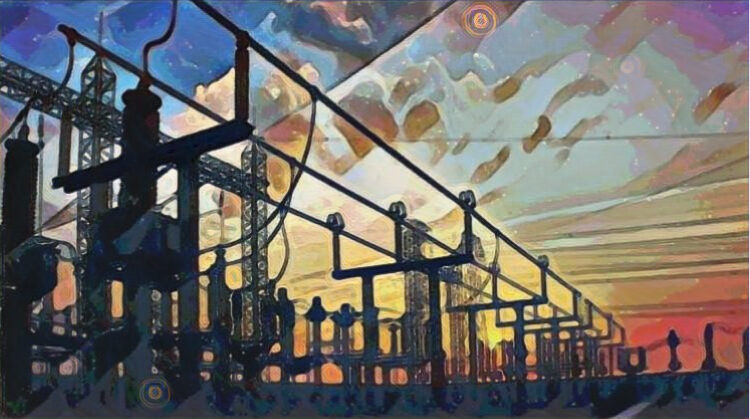The pandemic dealt a major blow to the global economy and to the economies of Central Asia in particular, which, despite some domestic production, rely on imports for a significant share (in monetary terms) of their consumption.
The Russia-Ukraine war acted as an economic shock to these economies, which had yet to recover from the damage done by Covid. While there is considerable intra-regional potential in terms of manufacturing and trade, most of the imports into Central Asia come from China, Turkey and Europe. At the same time, transnational corporations in Russia account for almost half of Central Asian demand for consumer goods.
In 2022, Central Asian countries began to reconfigure their supply chains to comply with sanctions. However, since almost half of the Russian economy was integrated with international corporations and supplied Central Asia, severing these trade links proved almost impossible. This is clearly reflected in the statistics for 2023, where almost all Central Asian countries saw re-exports of Western goods to Russia increase by tens or hundreds of times.
In terms of information and statistics, the most open countries of the region are Kyrgyzstan and Kazakhstan. Uzbekistan is quickly catching up, with government agencies launching websites where a significant amount of data can be accessed, both about the economy and the country as a whole.
| Economic indicators for Central Asian countries in 2023 | |||
| Countries (alphabetical order) | GDP (in $ bln)* | Growth, y-o-y | Inflation, y-o-y |
| Kazakhstan | 237.00 | 5.1% | 9.80% |
| Kyrgyzstan | 11.90 | 6.2% | 7.30% |
| Tajikistan | 11.36 | 8.3% | 3.80% |
| Turkmenistan | 60.10 | 6.3% | 5.90% |
| Uzbekistan | 90.80 | 6.0% | 8.77% |
| * Approximations | |||
Excluding Kazakhstan, the region’s largest economy (though still resource-based), whose GDP is larger than the other four countries’ combined, Central Asia can be characterized as a low-income region. With average wages in a range of $250–400 per month, the countries rely heavily on trade (imports) for food, clothing, and basic goods.
No country in the region is fully self-sufficient in terms of producing consumer goods, which, given the complex logistics, poses a challenge during swings in markets or geopolitical instability.
Still, the last five years have been favorable for the region: there have been fewer territorial disputes and border conflicts, while politicians in all five countries share the view that the C5 and C5+ formats can be an effective tool to develop intra-regional ties and a common market. Last year, the five presidents from the region met with the leaders of China, Russia and the United States.
In 2023, the countries fully recovered from the pandemic downturn, and each economy grew in annual terms. Due to its high base ($200+ billion GDP), Kazakhstan turned in the lowest growth at 5.1%. Its economy is driven mainly by resource extraction, metallurgy and agriculture. Given its size – an area of 2.7 million square kilometers – logistics is a big challenge for doing business in the country. Last year, according to preliminary data, Kazakhstan produced 90 million tons of oil, with exports mostly heading to Russia’s Novorossiysk port through the Caspian Pipeline Consortium (CPC).
Kazakh gas is used domestically and also exported to China via the Central Asia-China gas pipeline. Most of the natural gas that travels through the pipeline comes from Turkmenistan and Uzbekistan, which raised a loan from Chinese state companies to build it.
The West-East Pipeline starts in Xinjiang, Qinghai, Sichuan and Chongqing (the main gas-producing regions) and runs to eastern China. Construction of the first line was started in 2002 and finished in 2004, while the second line was constructed in 2008-12.
Uzbekistan’s economy has traditionally been largely export-driven, with gas and gold the key. Being one of the ten biggest gold producers in the world and also a doubly landlocked country, Uzbekistan is heavily dependent on gold exports, while agricultural exports – ranging from mass-market to premium ecological products – are also robust. Meanwhile, the country’s gas is produced by Lukoil, which in turn sells it to China.
Uzbekistan is actively developing various types of agricultural production, recording good harvests of fruits and vegetables under conditions of long-term water stress. After the Aral Sea dried up due to the USSR’s unsustainable cotton cultivation, Uzbekistan now not only processes its own cotton to make finished export products, but also purchases raw material from Turkmenistan, whose cotton is highly valued in world markets. The cotton industry in Uzbekistan has seen a resurgence since the abolition of what was enforced cotton-picking, which saw bans on exports.
In 2023, Uzbekistan held multiple international exhibitions and investment conferences to attract foreign capital to launch new production facilities and modernize the economy as a whole. The government announced negotiations with Zara, Columbia and Nike to launch production. While the country is still struggling with a lack of capital, major contracts are expected to be signed in 2024.
Kyrgyzstan does not lag Uzbekistan in terms of gold mining. For a long time, a Canadian company operated in the country, but now Turkish companies are entering the market having left Turkey because of its high inflation. A mountainous country, Kyrgyzstan is actively developing tourism and agriculture while lobbying on behalf of the China-Kyrgyzstan-Uzbekistan railway to other Central Asian countries. Meanwhile, the textile industry, from material production to retail, is important for the country’s economy and, having started as artisanal production, is now one of the region’s most developed. Note that most of the country’s energy is environmentally friendly, produced by hydroelectric power plants.
In 2023, changes to the government’s structure were pushed through, while Kyrgyz SMEs remain practically untouched by regulation due to the authorities’ cautious attitude toward business. This year, the future of the Kumtor Gold Mine, the country’s key asset, over which Russian and Turkish investors are competing, is to be decided. The largest investors in Kyrgyzstan are generally Russia and China, and Bishkek looks set to increase food exports to Kazakhstan and Russia in 2024 and would like to begin building transit routes (like the China-Kyrgyzstan-Uzbekistan railway).
What Tajikistan and Kyrgyzstan have in common is mountain glaciers, which are important water sources for the region. Tajikistan is an agricultural country with the bulk of the workforce employed in agriculture. Its agricultural products include wheat, cotton, fruits (especially grapes) and vegetables. Tajikistan’s mineral reserves are considerable and include gold, silver and aluminum.
In 2023, against the backdrop of the major war-related sanctions against Russia, Tajikistan found itself in a difficult situation: more than a million Tajiks work in Russia, sending remittances to their families back home, for whom the money is significant. Meanwhile, with the ruble weakening against global currencies, many Tajik workers in Russia took advantage of the cheaper real estate to move their families to Russia for a better life.
Tajikistan had the lowest inflation in the region in 2023, at about 3.8%, combined with the highest economic growth, at 8.3%. The largest investor in the country is China, and Chinese companies see potential in metallurgy and are interested in establishing a base to do business with Afghan border regions.
Of the countries in the region, Turkmenistan was the last to open up. It still requires visas even for citizens of other Central Asian countries. It boasts the largest gas reserves in the world. Its agriculture, as noted above, is driven mainly by high-quality cotton. However, scaling up production has proven difficult, as the country has struggled to improve efficiency in land and water management. Infrastructurally, Turkmenistan has ports on the Caspian Sea and a railway from Kazakhstan to Iran.
All countries in the region are united by one problem: weak currencies and a fairly large state share in the economy. On the one hand, this is good for the predictability of investment policy; on the other, it widens the range of political risks. While Kyrgyzstan has the clear advantage in the robustness of business to regime changes (there have been two revolutions in the country in the 2000s), it is too small for large investors, but well suited for small companies in agriculture. Meanwhile, Kazakhstan invests billions of dollars to support business, undoubtedly making itself more attractive for medium- and large-scale investors; that said, in many localities in Kazakhstan there is a shortage of quality infrastructure and logistics costs pose a challenge.
All five Central Asian countries have soft currencies. Due to the state’s desire to increase social spending, they tend to depreciate. Another key weakness of the countries, if viewed as a common market, is the undeveloped system of logistics and warehouses. In Kazakhstan alone, the shortage of warehouse space is over a million square meters. Uzbekistan and Kyrgyzstan, which have significant volumes of industrial and agricultural production, face an even greater shortage. Freight transport between the countries of the region cannot be called seamless, but the situation is changing, albeit slowly.
In 2024, the main economic challenge facing the countries is the development of manufacturing, as well as building new and additional logistics routes, which, unfortunately, will require political support. A potential highlight is that this year the three largest economies – Kazakhstan, Kyrgyzstan and Uzbekistan – may launch a regional visa.
Is it worth investing in the region? Taking into account the fact that the countries are at different stages of setting up a relative free market and also that their economies complement rather than compete with each other, it seems appropriate to consider the C5 as one large region that is inevitably moving toward a common market for the free movement of capital, human resources and goods. Twenty twenty-four should see several important steps taken in that respect.

Rassul Rysmambetov is an Almaty-based expert in distressed assets. He mainly deals with cross border business, M&A, asset value recovery.
Rassul holds an MBA degree from St. Gallen University (HSG).









